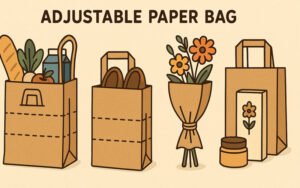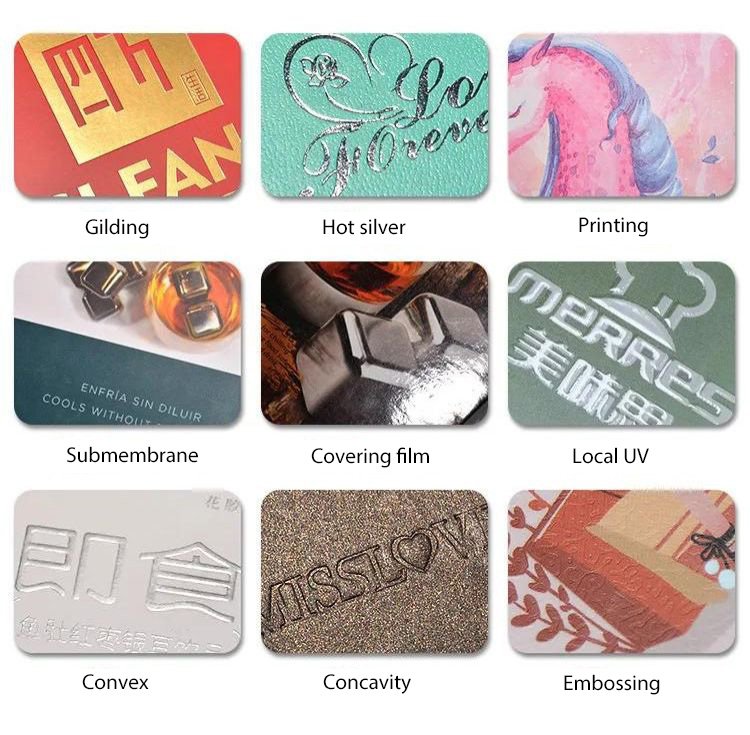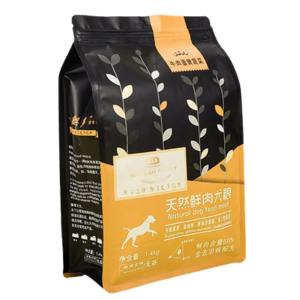We all want to be eco-friendly, but let’s face it—recycling can be confusing. You stare at that used paper bag with grease stains and rope handles and think: “Can I toss this in the recycling bin… or is this a guilt trip waiting to happen?”
Yes, paper bags can be recycled—but only if they’re clean, dry, and free from plastic, metal, or food residue. Remove handles, cut off laminated parts, and flatten the bag before tossing it into the paper recycling bin.
Don’t worry, I’m going to walk you through exactly what to do, what not to do, and how to recycle like a packaging boss.
Why Recycle Paper Bags at All?
Let me hit you with a stat: over 5 trillion plastic bags are used each year globally source. Most end up in landfills or the ocean. Paper bags? They’re the greener cousin.
We make 100% recyclable kraft paper bags for brands that care. But they only stay eco-friendly if you recycle them right.
Recycling paper saves:
- Energy (about 60% less than virgin pulp production)
- Trees (yes, real forests)
- Landfill space (paper decomposes, but slowly if it’s compacted)
Step-by-Step: How to Recycle a Paper Bag Properly
Here’s my quick and clean breakdown.
- Empty the bag completely. No fries, receipts, or mystery crumbs.
- Remove non-paper parts. That means plastic handles, metal eyelets, or stickers.
- Cut out laminated or wax-coated sections. These can’t be processed in normal recycling.
- Flatten the bag. Saves bin space and makes sorting easier at facilities.
- Keep it dry and clean. Wet paper is contaminated and often gets trashed.
If your bag has a food stain or grease mark (looking at you, burger takeaway bags), it might be better off in compost—or the trash, sadly.
What Kinds of Paper Bags Can’t Be Recycled?
This part trips people up.
Here are some no-go bags for regular curbside recycling:
- Plastic-coated bags (like some glossy shopping bags)
- Wax-lined bags (used for frozen or greasy food)
- Foil-insulated bags
- Heavily dyed or glitter-covered bags
When in doubt, check with your local waste management authority.
The good news? At GreenWing, we avoid non-recyclable materials unless you specifically ask. So your custom bag order can be 100% eco-compliant from the start.
Reuse First, Then Recycle
I always say: the greenest bag is the one you use twice.
Before you toss that paper bag, consider how it can live another life:
- Lunch bag
- Gift wrap
- Book cover
- Compost bin liner
- Storage for veggies or dry pantry items
Our sturdy square-bottom bags, especially with twisted handles, are built to be reused. Some clients even print loyalty program QR codes inside the bag to encourage re-use. Clever, right?
Composting Paper Bags: Yes, It’s a Thing
If your bag can’t be recycled, compost it.
Paper is made from plant fibers. As long as there are no toxic inks or coatings, it can break down beautifully in your backyard compost.
Here’s how:
- Shred the bag into small pieces
- Mix with wet compostables (like food scraps)
- Balance with browns and greens
- Turn regularly for airflow
Our uncoated kraft paper bags compost in as little as 45 days under the right conditions. That’s faster than an orange peel, by the way composting time comparison chart.
What About Industrial-Use Bags?
If you’re in the B2B world like Mike Baker—buying hundreds of thousands of bags at a time—the recycling conversation looks a little different.
You’ll want to:
- Work with recycling partners that accept bulk corrugated or kraft waste
- Separate laminated vs. non-laminated bags during disposal
- Request recyclability certifications from suppliers (we provide FSC, ISO14001, and food-grade documentation)
Bonus: Some large-scale buyers ask us to embed recycling instructions into the bag design so end-users know exactly what to do.
That’s branding + responsibility in one.
How to Design a Fully Recyclable Paper Bag
Want your packaging to be as green as your marketing? Here’s how to do it right:
- Stick to water-based inks
- Avoid plastic lamination
- Choose twisted paper handles instead of rope or PP plastic
- Skip glitter, foil stamping, or UV coatings
- Add a recycling symbol with disposal instructions
We’ve helped major brands like Starbucks, JD, and RELX develop bags that are not only on-brand but landfill-free. It’s easier than you think.
More Related Questions
Can I recycle a wet or greasy paper bag?
Unfortunately, no. Wet or greasy bags clog recycling equipment. Either compost them or toss responsibly.
Do all recycling programs accept paper bags?
Most do, but local rules vary. Always check your city’s recycling website or app local recycling guide.
What is the difference between recyclable and compostable?
Recyclable = processed into new paper.
Compostable = breaks down into natural soil nutrients.
Some bags can be both—if designed properly (like ours).
Can I get recyclable paper bags with custom printing?
Absolutely. We offer full CMYK and Pantone printing with eco-friendly, food-safe inks. You can still go green and look gorgeous.
Conclusion
Recycling a paper bag isn’t rocket science—but it does require knowing what you’re doing. Clean it, strip it, flatten it, and toss it in the right bin. Better yet? Design your packaging the smart way from day one. At GreenWing, we’re not just making bags—we’re making eco-responsibility simple, scalable, and stylish.







